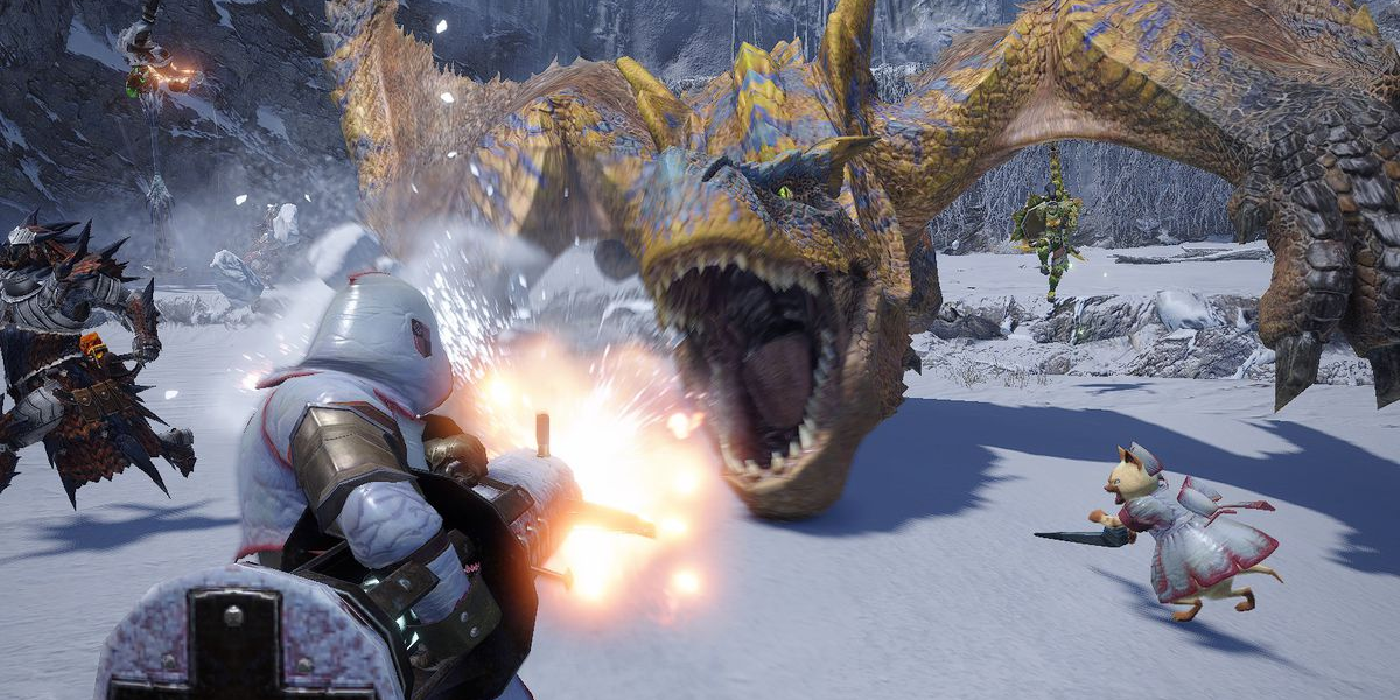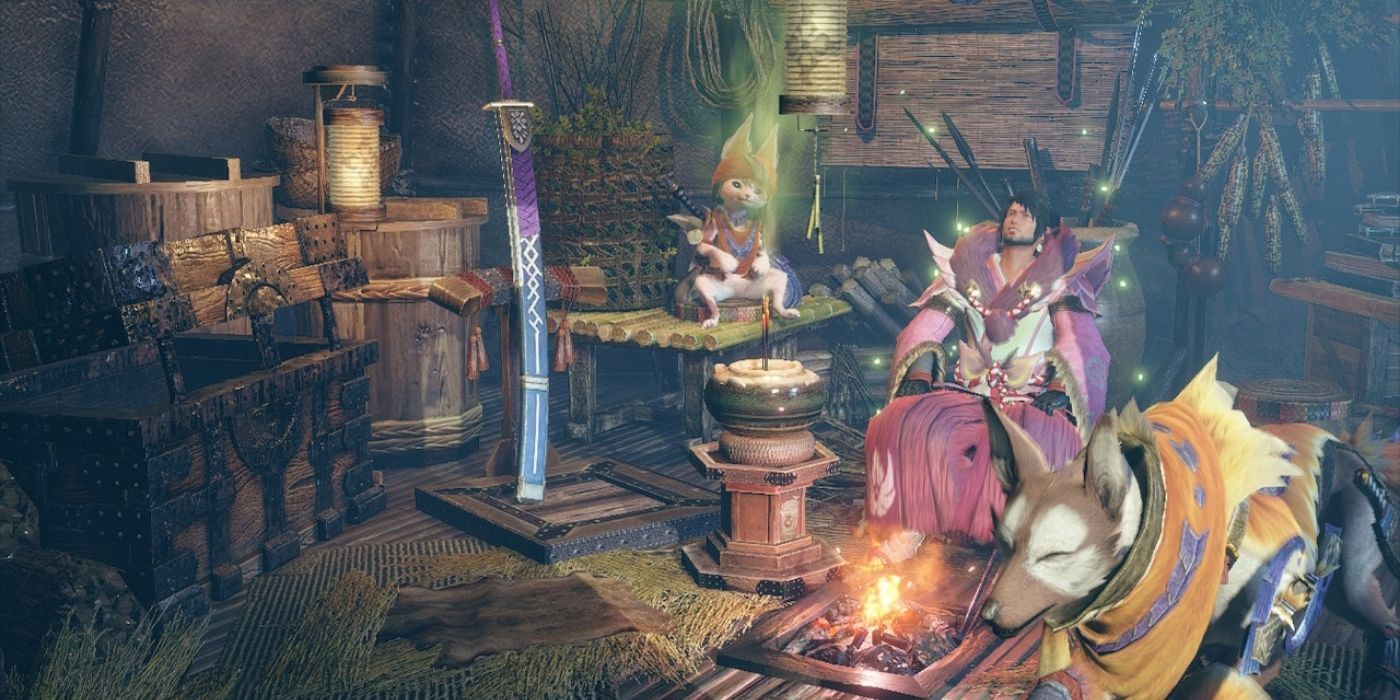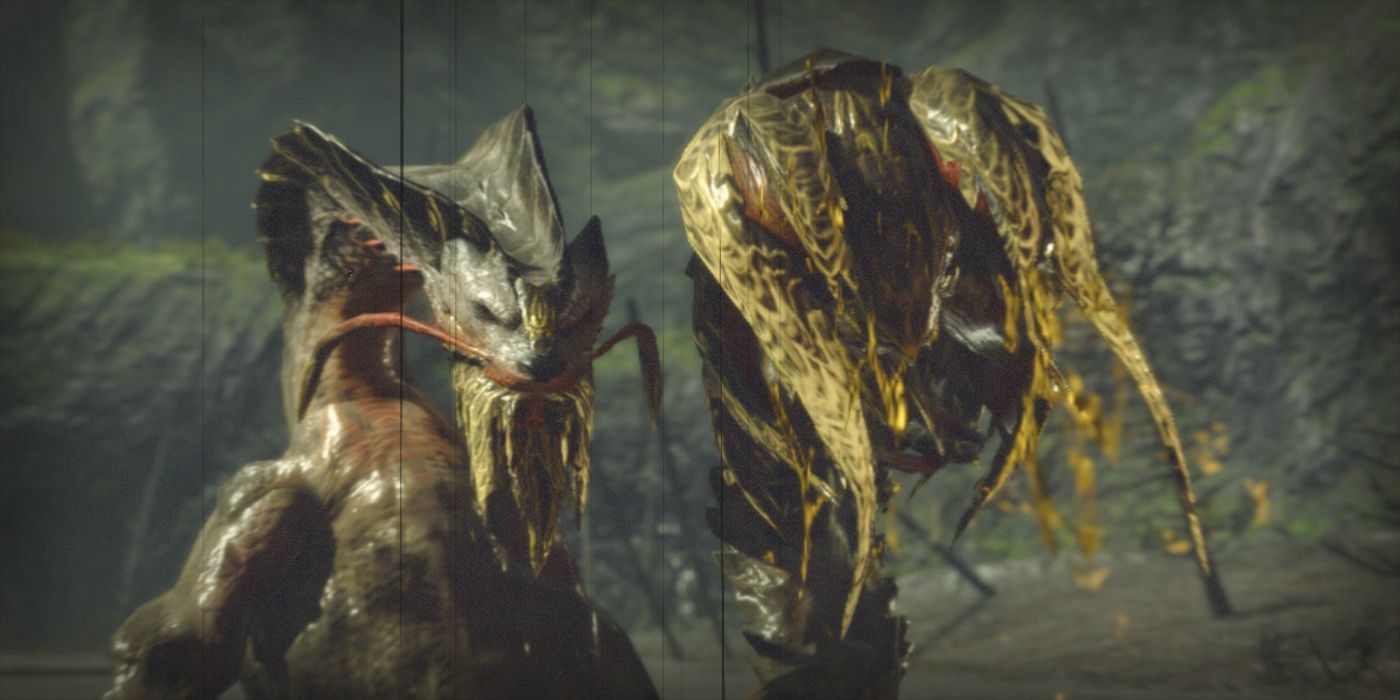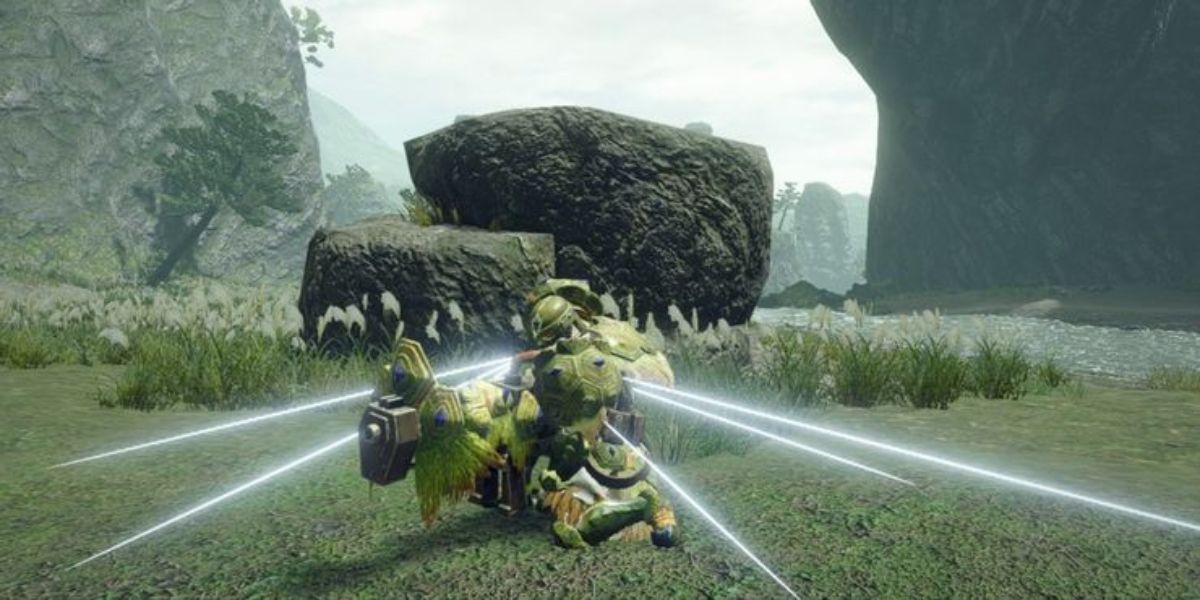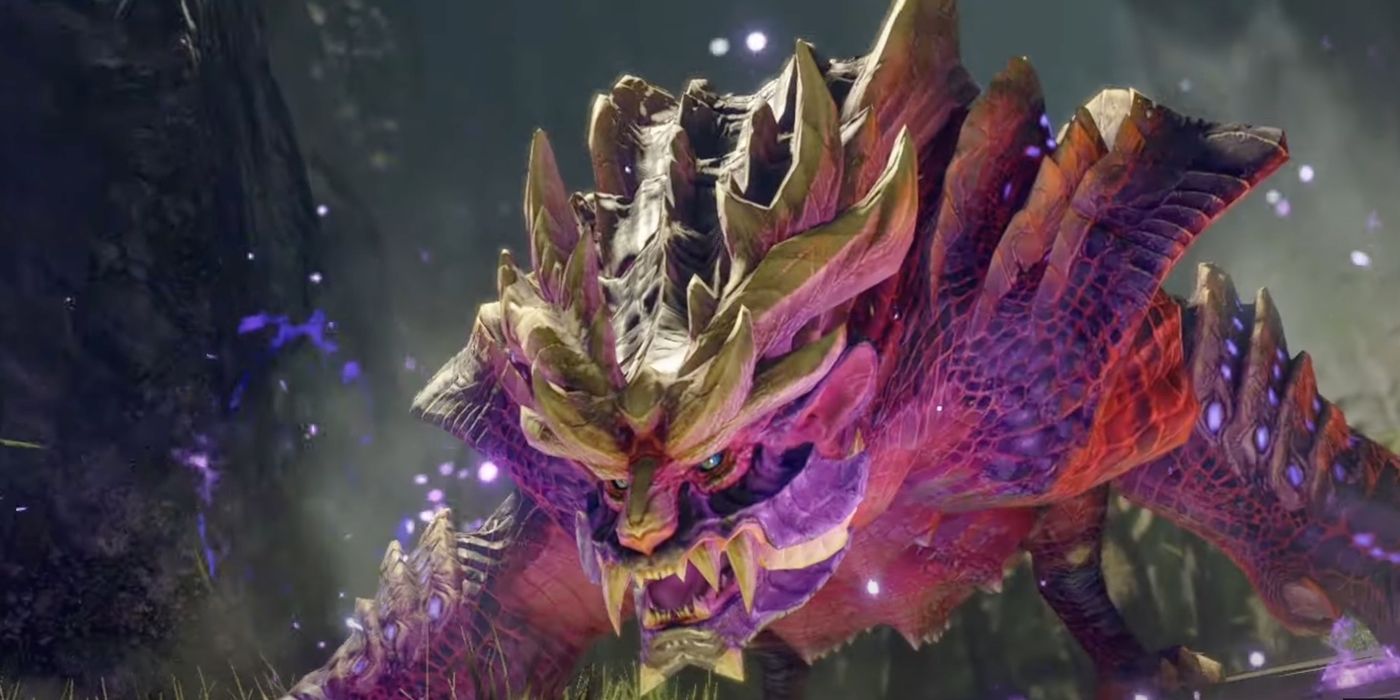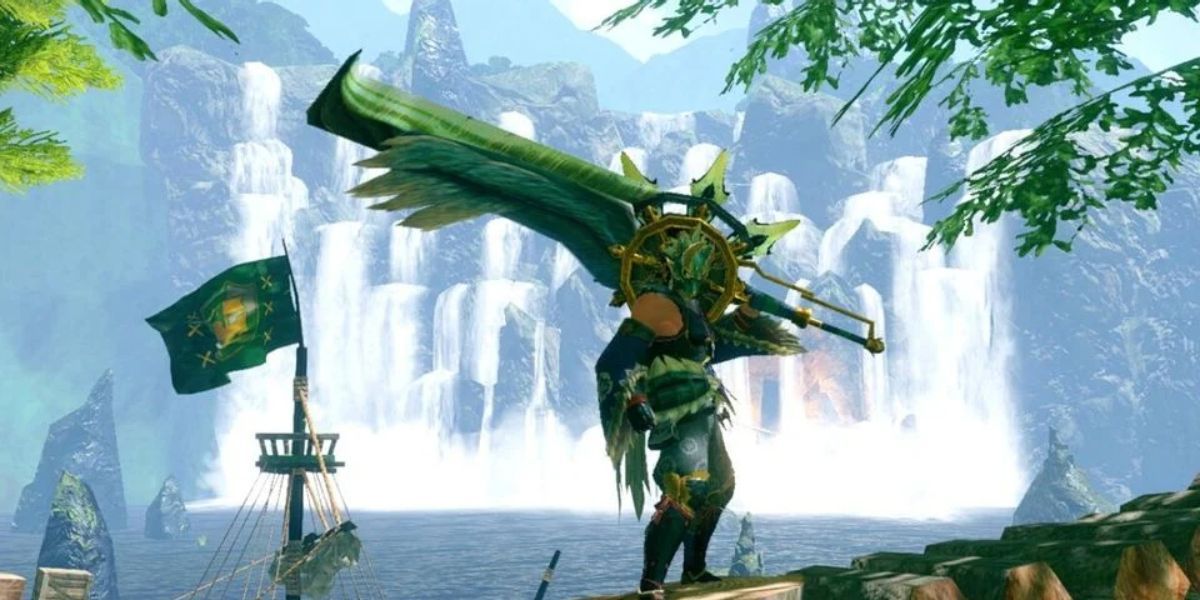The hook of most online games to keep players online and playing is a complex loot system built on fighting strong enemies, collecting more powerful weapons, then fighting even stronger enemies. However, while these systems often run into issues with RNG and repetitive rewards in problematic loot mechanics, Monster Hunter Rise is able to toe the line for a rewarding loot system better than much of its competition.
This loot system isn't entirely new to the Monster Hunter series, with monsters dropping materials with differing levels of rarity depending on how players choose to fight them. It's some of the newer features in Monster Hunter Rise that better defines where specific materials can be found that elevates the new game to having one of the best loot systems available now.
Monster Hunter Rise: How to Get New Gear
New weapons and armor in many online titles like Destiny or Diablo comes from enemy drops that randomly reward new gear to players for successful combat encounters. In the case gathering up Monster Hunter Rise's weapons, players accomplish this task in a similar way, by hunting monsters for their parts in order to get stronger gear to hunt stronger monsters. The major difference here is that none of these weapons or armor drop directly from the monster, instead dropping materials that the player can take to a blacksmith to be crafted into gear.
No weapons or armor are ever given as the direct reward for successfully hunting a monster for the first or hundredth time, only the parts that can be carved or captured from it. On a surface level, it feels like a small changer, where an extra step has been added to the reward process of hunting down a monster like Monster Hunter Rise's Nargacuga. However, this slight change in how enemy drops work means that every hunt has a purpose, with the first attempt at a monster taking a step towards progression.
Progression Through Discovery
Because every piece of gear is built from the parts of any given monster, it's unclear from the start how powerful a player can get, or what quests might reward what item. There are ways that some veteran players from the rest of the series might be able to guess at what enemy gives the ingredients to what weapons, based on it's element or progression tree. That being said, the new monsters introduced in Monster Hunter Rise throw that off to a degree, since it isn't immediately clear where their gimmick appears on any given weapon tree.
The point of making it so unclear what each enemy does to advance progression is so that it's only by successfully hunting a monster that a player is rewarded with the knowledge of how to get the next piece of gear. Then, once a new weapon or armor set is revealed, players are then incentivized to go out and either slay or capture that monster over and over again in order to get the materials needed to get their desired reward. It puts the entire reward process in the player's hands, instead of arbitrarily deciding whether or not to dole out rewards according to random chance or RNG.
Rewarded for Skillful Gameplay
An extra step the game takes towards putting success in the hands of the player, is by making certain materials the reward for breaking specific parts. For example, any player looking to hunt Monster Hunter Rise's new Bishaten for its Tailcase will want to give extra attention to the crazy hand-like tail, as breaking this part will always cause the material to drop. This trend continues for nearly every monster, where certain rare materials can be obtained based on how the player fights, by either braking or removing parts, as well as capturing or slaying.
This is also a holdover from previous games that gives players extra incentive to target certain areas for more reason than that it simply does extra damage, or has a chance to stun the monster. Being able to bring a monster down is one thing, but being able to do it while targeting a specific spot that is constantly on the move, or protected, or the source of the monster's attacks is a new wrinkle on combat. Best of all, Monster Hunter Rise extends itself to newcomers by making these drop rates perfectly clear in the hunter's notes for each monster, with details on what parts to break and percentage chances to obtain a material.
The Gems and Plates Problem
Now, it wouldn't be fair to sing Monster Hunter Rise's praises without taking a moment to address one major criticism from fans regarding the rarity of certain materials like gems and plates. These are materials that come off of most monsters, with specified materials coming from the strongest enemies available, but at a shockingly low rate. It's actually the rarity of these plates and gems that fuels the myth of Monster Hunter's desire sensor, which has been created by the community to explain how sometimes a material won't drop after fifteen, twenty, or even a hundred hunts.
The strangely low chance of these types of materials dropping can cause players to have to repeat fights against enemies like Monster Hunter Rise's flagship monster Magnamalo, which is no easy task. To a degree, this rarity is understandable, but the result turns into hunts looking for the one material the player needs feel like a waste of time with little to no reward for all of the effort. So, for players who either want every armor set or weapon upgrade they can get, or even the unlucky few looking for a specific build, it can be frustrating to feel like the time and energy going into a hunt has no real reward.
Every Reward Has Multiple Purposes
On the topic of some fights seeming unrewarding, the series does go to some lengths at least to make the parts earned from nearly every monster have at least a small amount of utility outside of the obvious gear. In some cases, monster parts can be used to make everything from decorations to trinkets, while other instances use multiple rewards to create one gear set. This is how sets like Monster Hunter Rise's shell-studded armor operate, with a primary ingredient being given out as a rare reward for specific tasks, but requiring outside materials to fill in the rest of the recipe.
A broader example comes in the form of the Melding Pot that can use any combination of monster parts to create talismans, which become a huge part of creating powerful builds in Monster Hunter Rise. So, tying this back into the low reward chances of specific parts like the gems and plates that can often take hours of grinding to obtain, the smaller rewards obtained along the way aren't useless. Even if the player already has enough of a material for an armor set or weapon upgrade, those items can still be useful down the line when it comes to making new gear that seems otherwise unrelated.
Monster Hunter Rise is available now for Switch.

